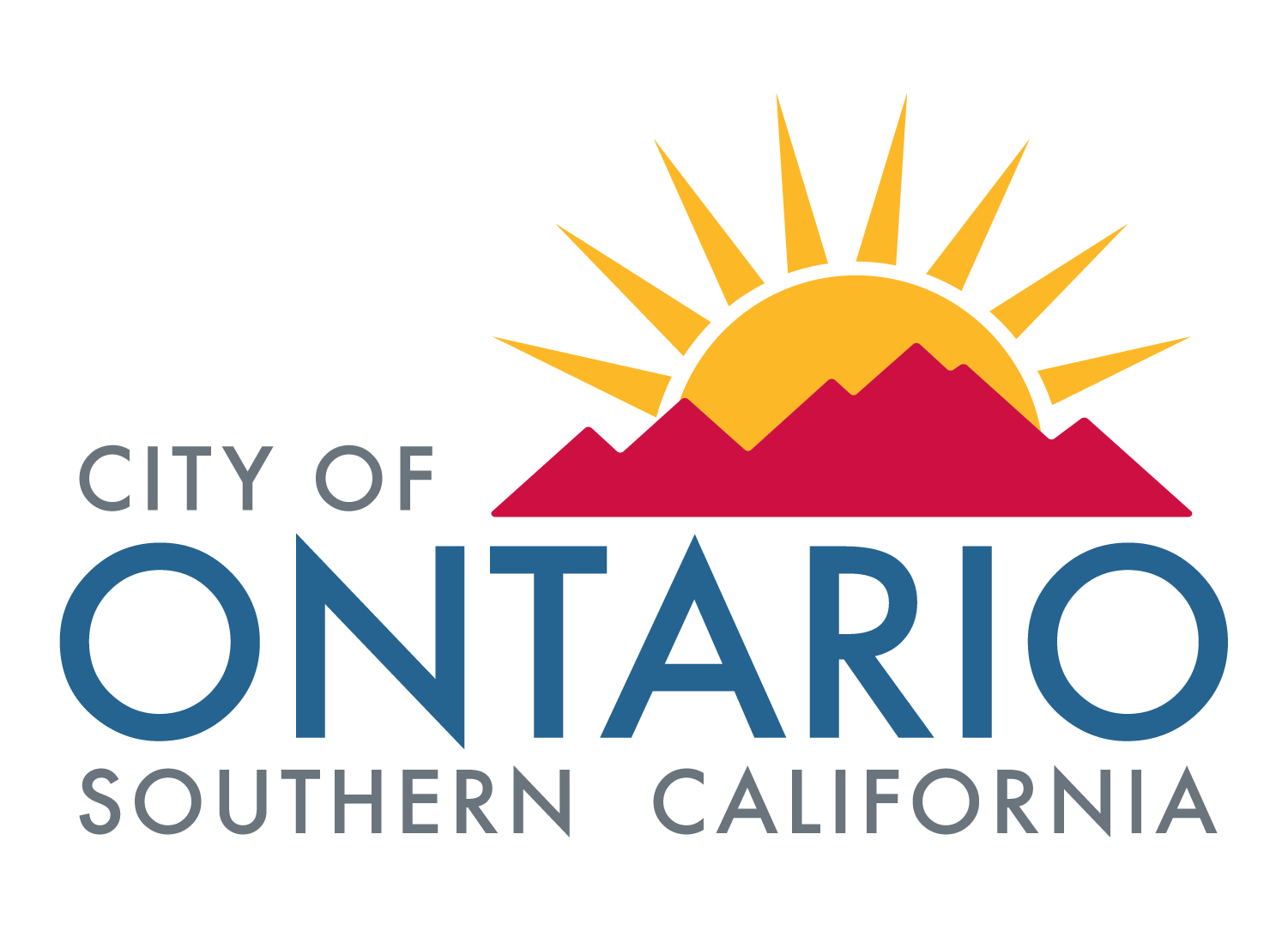Parks & Recreation Element
Parks and recreational spaces represent a critical physical, social and psychological element of a complete community. Beyond merely providing recreational opportunities, carefully sited and well designed parks serve a multitude of functions for the community: creating neighborhood identity, serving as focal points for gathering and celebration, and increasing and protecting environmental resources. Moreover, parks act as the city’s “breathing spaces,” where people experience relief as they go about their daily routines.
Purpose
The Parks and Recreation Element:
- Establishes goals for the Ontario park system and recreation programs.
- Underscores the vital role parks and recreation programs play in achieving economic development, land use, housing, community health, infrastructure and transportation objectives.
Principles
The City believes:
- Parks promote community engagement, economic investment and quality aesthetic design.
- Parks should be distributed throughout the City.
- Well planned, managed and maintained parks provide opportunities for physical exercise and relaxation, which can lead to better health of members of the community.
- Programs and activities enrich the lives of members of the community.
Interactive MapsParks and Recreation Element Web Map Figures |
Ontario’s Park system will establish park sites that serve the City’s population and employment locations. These parks will provide active, organized uses such as sports, local gathering spaces, recreational facilities, passive use areas, and signature destinations with notable attractions. They will be planned and designed to integrate with their surroundings.
| Goals | |
| PR-1 | A system of safe and accessible parks that meets the needs of the community. |
| Policies | |
| PR-1.1 |
Access to Parks. In all new residential development areas, we strive to provide a park and/or recreational facility within walking distance (¼ mile) of every residence and prioritize the establishment of parks in environmental justice areas that do not have adequate access to parks. |
| PR-1.2 |
Adjacency to Schools. We examine locating parks adjacent to school sites to promote joint-use opportunities. |
| PR-1.3 |
Funding. We shall seek outside, one-time sources of funding for capital improvements and reserve ongoing City funds primarily for operations and maintenance. |
| PR-1.4 | Joint-use Opportunities. In areas where there is a need but no City recreational facility, we explore joint-use opportunities. (e.g., school sites). |
| PR-1.5 | Acreage Standard. We strive to provide 5 acres of parkland (public and private) per 1,000 residents. |
| PR-1.6 | Private Parks. We expect development to provide a minimum of 2 acres of developed private park space per 1,000 residents. |
| PR-1.7 | Special Needs/Universal Design. We attempt to provide recreational opportunities at parks for people of all ages and abilities. |
| PR-1.8 | Renovation. We examine renovating existing facilities prior to building replacement facilities. |
| PR-1.9 | Phased Development. We require parks be built in new communities before a significant proportion of residents move in. |
| PR-1.10 | Master Plans for Individual Park Facilities. We require an individual park master plan for parks in excess of 10 acres. |
| PR-1.11 | Environmental Function of Parks. We require new parks to meet environmental management objectives. |
| PR-1.12 | Trails. We promote connections between parks and local trails including those managed by other public agencies. |
| PR-1.13 | Equestrian Trails. We require the design, construction, and maintenance of equestrian trails in Rural Residential designated areas. |
| PR-1.14 | Multi-family Residential Developments. We require that new multi-family residential developments of five or more units provide recreational facilities or open space, in addition to paying adopted impact fees. |
| PR-1.15 | Trail Connectivity. We strengthen and improve equestrian, bike, and multipurpose trail connections within the City and work to improve trail connections into adjacent jurisdictions. |
| PR-1.16 | Equestrian Master Plan. We use Homer Briggs Park as the primary focal point for the development of a Master Plan of Equestrian Trails in the Rural Residential area. |
Programs maximize the use of facilities, enrich the lives of residents, and strengthen social networks. Ontario’s park and recreational facilities should be programmed to provide a range of recreational, cultural and educational opportunities that meet the needs of the entire community. As needs continue to evolve, we will respond by involving community members and organizations in programming, fostering a sense of ownership and increasing park usage, thereby creating a safer park environment.
| Goals | |
| PR-5 | A range of recreational programs provided by public, private, and nonprofit organizations that meet the needs of the community’s varied interests, age groups, and abilities. |
| Policies | |
| PR-2.1 | Participation. We program park facilities to maximize utilization and participation, while considering park size, location, and population served. |
| PR-2.2 |
Needs Assessment. We track the needs and priorities for recreational programming and look for ways to meet demand. |
| PR-2.3 |
Community Involvement. We involve the local community in planning programs for neighborhood and community park facilities. |
| PR-2.4 | Access to Programs. We provide a range of recreational and physical exercise programs that are accessible to residents of all income levels throughout the community and prioritize establishing and maintaining equitable access for residents in environmental justice areas. |
| PR-2.5 | Partnerships. We partner with local and regional agencies, nonprofit organizations, and the private sector to provide a comprehensive range of recreational programs. |
| PR-2.6 | Crime Deterrents. We promote and participate in recreational programming as part of our crime prevention effort. |

